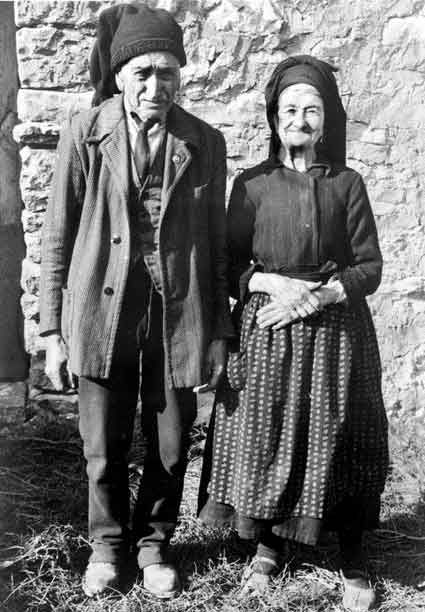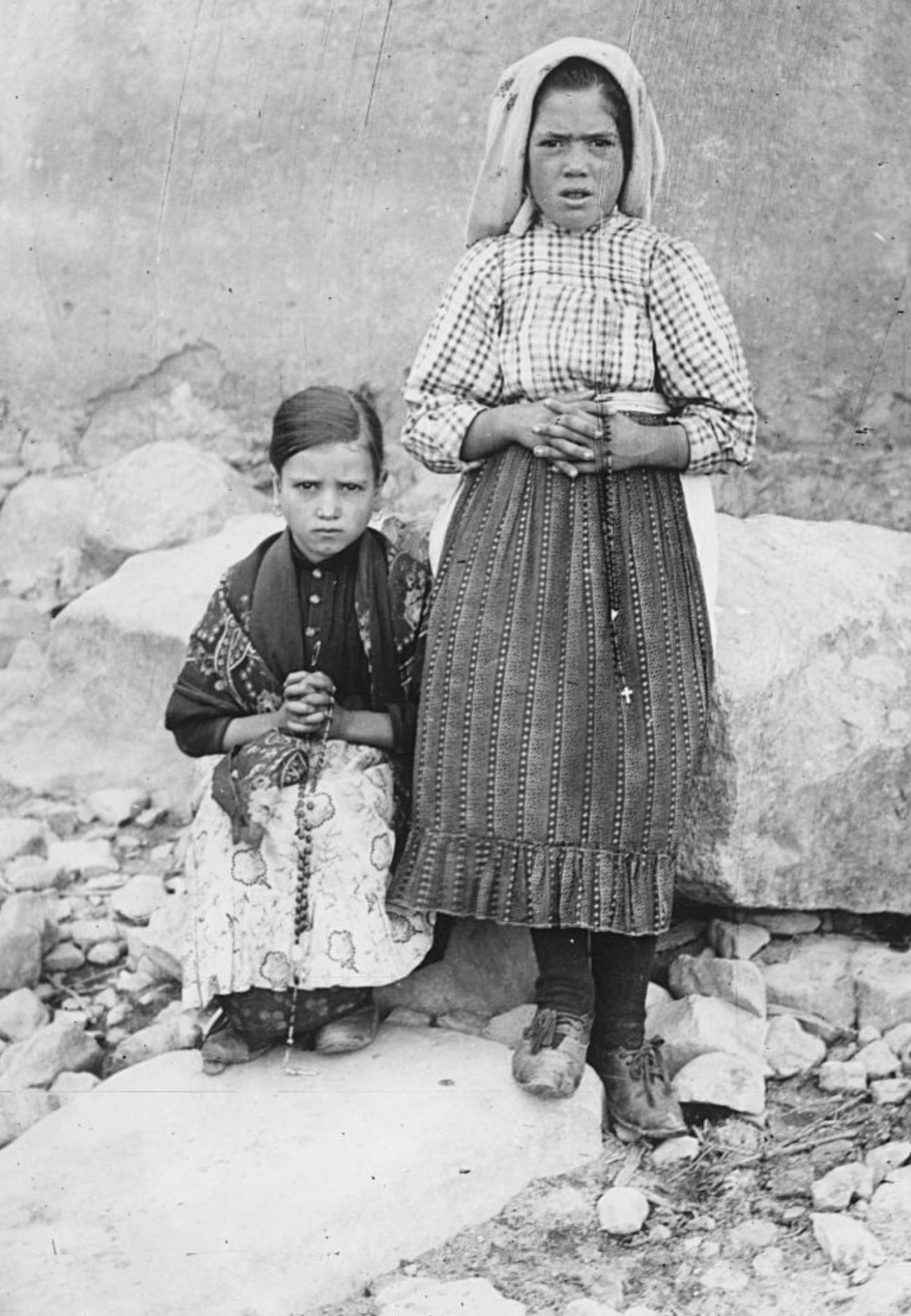Miracle of the Sun
Lucia had asked Our Lady to work a miracle “so that everybody will believe you are appearing to us” during the 13 July 1917 apparition, and in reply Our Lady promised a miracle at Fatima as follows:
“In October, I will tell you who I am and what I want, and I will perform a miracle for all to see and believe.” This prophesy of a miracle became well known throughout Portugal, and accounts for the fact that at least 70,000 people turned up on 13 October at the Cova da Iria, despite the terrible weather.
The Fatima author Francis Johnston wrote that this was only the third time in history that God had used the sun to perform a miracle, a reference to Joshua 10: 12-14 and 2 Kings 20: 8-11, (Fatima the Great Sign, p. 54).
Johnston also cited the work of Fr Pio Sciatizzi SJ, who was professor of algebra and trigonometry at the Gregorian University, an outstanding mathematician and astronomer, and highly esteemed in the Italian scientific world, who wrote an exhaustive study of the miracle of the sun, published in the 1940s, in which he concluded:
“It was outside and against known laws as can be proved by certain simple scientific considerations … given the indubitable reference to God and the general context of the event, it seems that we must attribute to Him alone the most obvious and colossal miracle of history” (Fatima the Great Sign, p. 66).
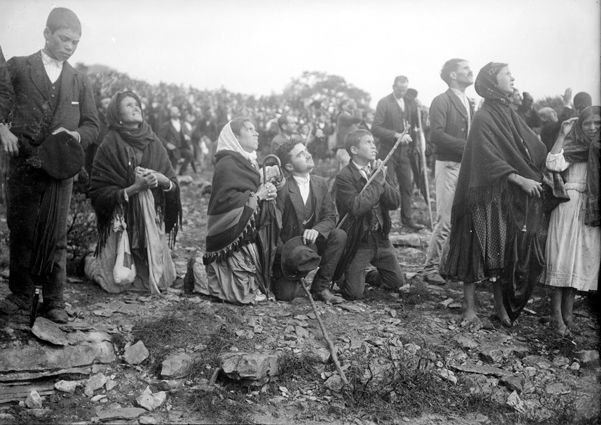
At the end of this apparition, Lucia reported that Our Lady grew very sad and said: “Do not offend the Lord our God any more, because He is already so much offended.”
Then, opening her hands, she made them reflect on the sun, and as she ascended, the reflection of her own light continued to be projected on the sun itself.
Lucia then cried out “Look at the sun,” and the vast crowd saw a true miracle. All eyes turned skyward to see the black clouds parting and the sun, looking like a dull grey disc, become visible.
In sum, the miracle of the sun demonstrates the power of Our lady with God, and that when she gives a promise, such as she did during the July apparition, that “in the end my Immaculate Heart will triumph and a period of peace will be given to the world,” then such a promise will certainly be fulfilled, although we do not know when, nor (as with the miracle of the sun) in what way.
So we can see how Fatima as a whole is a marvellous manifestation of the divine truth and reality of God, given to a world that has been overrun by the “errors” of which Our Lady warned, errors that relativise truth and that flow from and lead to the denial and rejection of God.
The message of Fatima also strengthens our belief in elements such as miracles, angels, the reality of heaven and hell, the role of Mary and, indeed, all the basic Catholic principles. It is a repudiation of approaches which seek to empty the miraculous of its divine content, and thus it constitutes an implicit rejection of such ideas.
In reality the miracle of the sun, is just that, a miracle, and the most likely explanation is that it was some form of “apparition,” albeit on a gigantic scale. That it was seen only within a certain distance from Fatima, and that the sun was observed as normal elsewhere, seems to indicate that it was a “local” phenomenon. But it was not “imaginary,” in that many people felt the heat of the sun as it approached the earth, and the reports of the landscape changing colour also indicate that something was really happening.
If we compare what happened at Fatima with what happened at Guadalupe in Mexico in 1531, where Mary rearranged the flowers for Juan Diego with her own hands, or at Rue du Bac, Paris, in 1830, where Catherine Labouré put her hands on Mary’s lap, or Knock, where one of the witnesses felt the grass under the apparition to be dry, despite the rain, and another saw it as ball of light from a distance, then clearly we are dealing with apparitions which impinged on reality, and felt real to those involved.
The same is true of the apparitions at Beauraing and Banneux in 1930s Belgium, where similar aspects were present. At Beauraing many witnesses saw a “ball of fire” in the place of the apparitions on one occasion, while at Banneux, the mother of the seer saw a mysterious shape.
What seems to have happened at Fatima is an extension of these principles to cover a much larger area, so that at the final apparition, the miracle of the sun, was seen by the tens of thousands who thronged the Cova, and who truly believed that they had witnessed a stupendous miracle.
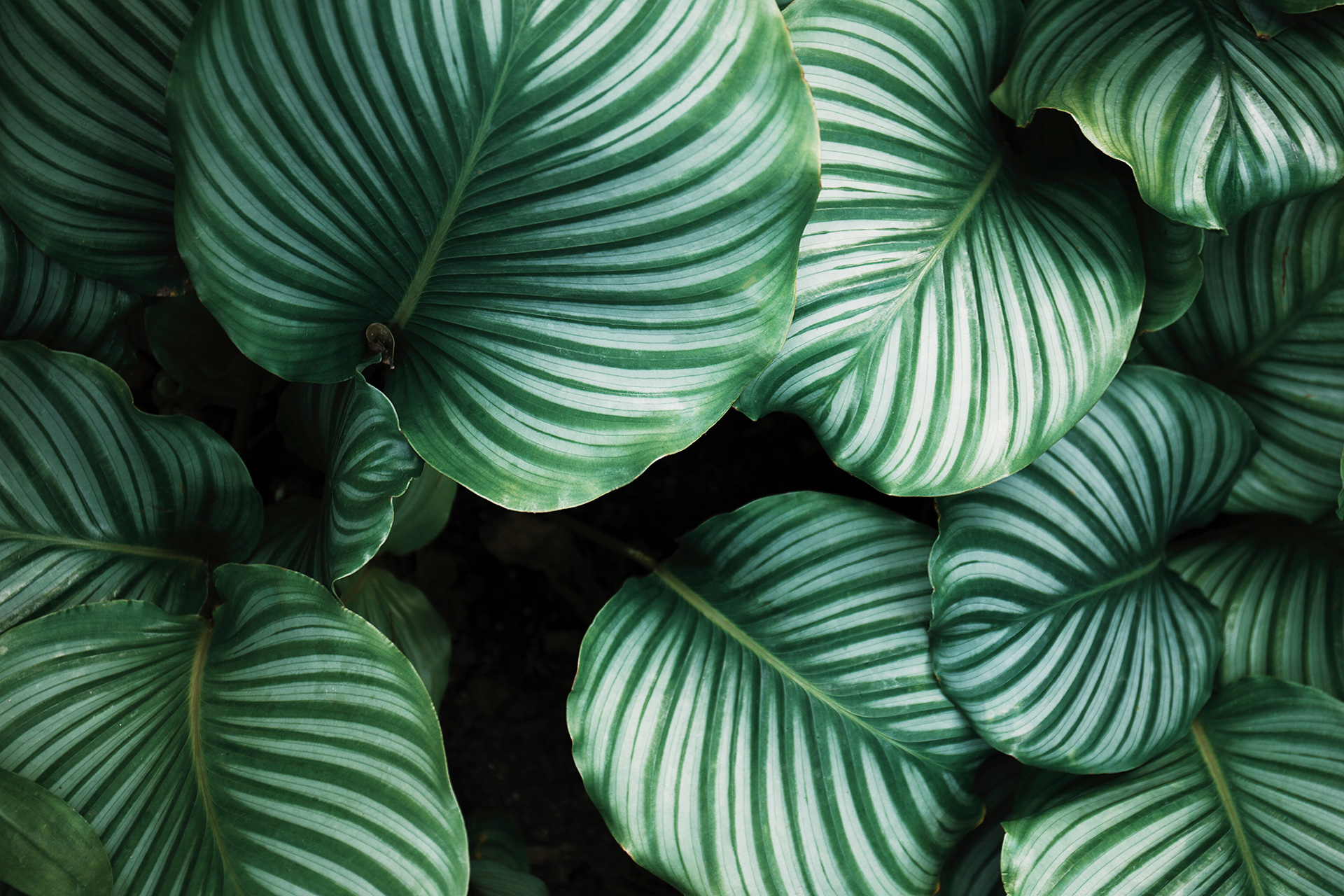
Media & Reporter - Witnesses
The crowd found they could look directly at it quite easily, as the secular Lisbon paper O Dia reported:
“… the silver sun, … was seen to whirl and turn in the circle of broken clouds. A cry went up from every mouth and the people fell on their knees on the muddy ground. … The light turned a beautiful blue as if it had come through the stained glass windows of a cathedral and spread itself over the people who knelt with outstretched hands. The blue faded slowly and then the light seemed to pass through yellow glass. … People wept and prayed with uncovered heads in the presence of the miracle they had awaited. The seconds seemed like hours, so vivid were they.”
In O Seculo, another secular paper, Avelino de Almeida adopted a very different tone from a previous satirical article on Fatima, going into even more detail:
“…one could see the immense multitude turn towards the sun, which appeared free from clouds and at its zenith. It looked like a plaque of dull silver and it was possible to look at it without the least discomfort. It might have been an eclipse which was taking place. But at that moment a great shout went up and one could hear the spectators nearest at hand shouting: “A miracle! A miracle!” Before the astonished eyes of the crowd, whose aspect was Biblical as they stood bareheaded, eagerly searching the sky, the sun trembled, made sudden incredible movements outside all cosmic laws—the sun “danced” according to the typical expression of the people. … People then began to ask each other what they had seen. The great majority admitted to having seen the trembling and dancing of the sun; others affirmed that they saw the face of the Blessed Virgin; others, again, swore that the sun whirled on itself like a giant Catherine wheel and that it lowered itself to the earth as if to burn it with its rays. Some said they saw it change colours successively. …”
The Fatima author Francis Johnston wrote that this was only the third time in history that God had used the sun to perform a miracle, a reference to Joshua 10: 12-14 and 2 Kings 20: 8-11, (Fatima the Great Sign, p. 54).
Johnston also cited the work of Fr Pio Sciatizzi SJ, who was professor of algebra and trigonometry at the Gregorian University, an outstanding mathematician and astronomer, and highly esteemed in the Italian scientific world, who wrote an exhaustive study of the miracle of the sun, published in the 1940s, in which he concluded:
“It was outside and against known laws as can be proved by certain simple scientific considerations … given the indubitable reference to God and the general context of the event, it seems that we must attribute to Him alone the most obvious and colossal miracle of history” (Fatima the Great Sign, p. 66).

Another important witness was a young lawyer, Dr. José Almeida Garrett, who wrote to the priest who had interviewed the children, Dr. Formigão, describing what he had seen:
“It must have been nearly two o’clock by the legal time and about midday by the sun. The sun, a few moments before, had broken through the thick layers of clouds which hid it and shone clearly and intensely. I … saw it as a disc with a clean-cut rim, luminous and shining, but which did not hurt the eyes.”
He then went on to describe how it did not resemble the moon, and could not have been confused with the sun as seen through fog, and that he was amazed to find he could look at it directly without any pain to his eyes.
“The sun’s disc did not remain immobile. This was not the sparkling of a heavenly body for it spun round on itself in a mad whirl. Then, suddenly, one heard a clamour, a cry of anguish breaking from all the people. The sun, whirling wildly, seemed to loosen itself from the firmament and advance threateningly upon the earth as if to crush us with its huge and fiery weight. The sensation during those moments was terrible. During the solar phenomenon, … there were changes of colour in the atmosphere. … I saw everything an amethyst colour. Objects around me, the sky and the atmosphere, were of the same colour. … I turned away and shut my eyes, keeping my hands before them to intercept the light. With my back still turned, I opened my eyes and saw that the landscape was the same purple colour as before. … All the phenomena which I have described were observed by me in a calm and serene state of mind and without any emotional disturbance.”
Other witnesses too, such as Maria Carreira, testified to the terrifying nature of the solar miracle:
“It turned everything different colours, yellow, blue, white, and it shook and trembled; it seemed like a wheel of fire which was going to fall on the people. They cried out: ‘We shall all be killed, we shall all be killed!’ Others called on Our Lady to save them and recited acts of contrition. One woman began to confess her sins aloud, saying that she had done this and that. … At last the sun stopped moving and we all breathed a sigh of relief. We were still alive and the miracle which the children had foretold had taken place.”
These are powerful testimonies, but perhaps one of the most interesting witnesses was an Englishwoman, Mabel Norton, who was a Protestant. She had been living in Portugal for seven years and was spending some time at the home of a Marchioness, speaking English with her children. She did not see the miracle in as much detail, perhaps because she was not a Catholic, and indeed was somewhat disappointed when she realized what other people had seen, but nevertheless, her account is very important, especially as she had not really been expecting anything to happen.
Mabel went with the family to Fatima early on the morning of 13 October, arriving at the Cova at about midday, just in time for the miracle. She describes how Lucia’s cry “Look at the sun!” was taken up by the people until it rolled from the centre to the edges of the crowd as a “great wave of sound,” and is careful to note that this was the first indication of the kind of miracle that could be expected, that is, that it was something to do with the sun. Then the rain suddenly stopped and she found she could look at the sun, which appeared as a “luminous disc, on which it was possible to gaze without blinking.”
She is emphatic about the speed with which the rain stopped, and is clear in her description of events:
“I saw the rain cease, suddenly, not as rain usually ends. Then the clouds were pushed back from the sun in every direction, as if by invisible hands, and the sun appeared, in colour like the blade of a knife, luminous but not dazzling. Then, as I looked, the sun described a swift circle, paused; described another, paused; described yet a third. And then the clouds began to sweep over it again.”
Other people witnessed the solar miracle from a distance, thus ruling out the possibility of any sort of collective hallucination, as in the case of the poet Alfonso Lopes Vieira who lived over thirty miles away from Fatima:
“On that day, 13th October, 1917, without remembering the predictions of the children, I was enchanted by a remarkable spectacle in the sky of a kind I had never seen before.”
Inácio Lourenço, who was to become a priest, was a school child of nine when he saw the miracle at a village about 12 miles from Fatima. He described how the children and their teachers were attracted outside by a commotion in front of the school to see the miracle of the sun:
“I looked fixedly at the sun, which seemed pale and did not hurt the eyes. Looking like a ball of snow revolving on itself, it suddenly seemed to come down in a zig-zag, menacing the earth. Terrified, I ran and hid myself among the people, who were weeping and expecting the end of the world at any moment. … During those long moments of the solar prodigy objects around us turned all the colours of the rainbow. We saw ourselves blue, yellow, red, etc. All these strange phenomena increased the fear of the people. After about ten minutes the sun, now dull and pallid, returned to its place. When the people realized that the danger was now over there was an explosion of joy and everyone joined in thanksgiving and praise of Our Lady.”
Another witness, who was aware of the dangers of possible hallucination, the Baron of Alvaiázere, was certainly not expecting a miracle, and took precautions to ensure that he was not affected by “suggestion.” But in his deposition to the canonical committee which investigated Fatima, he made the following statement:
“An indescribable impression overtook me. I only know that I cried out: ‘I believe! I believe! I believe!’ And tears ran from my eyes. I was amazed, in ecstasy before the demonstration of divine power … converted in that moment.”
A final intriguing point was that many people reported that the heat of the sun, as it descended to the earth, also had the effect of drying their clothes and the ground, so that they went from being completely soaked to being dry in about ten minutes.
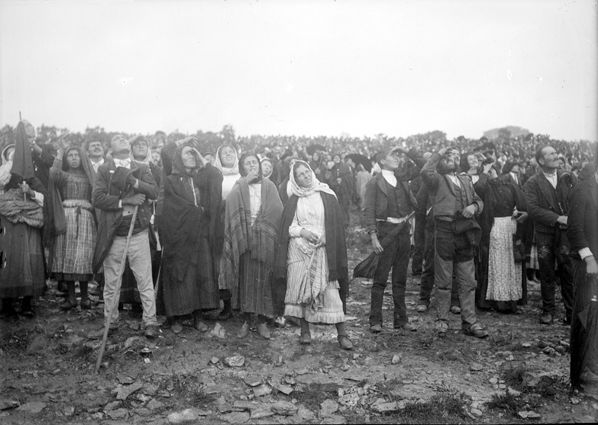
The Bishop of Leiria in his pastoral letter of 13 October 1930, in which he declared the visions of the children worthy of credence, and permitted the cult of Our Lady of Fatima, wrote as follows about the miracle:
“The phenomenon of the Sun on October 13, 1917, described in newspapers of the time, was simply marvellous and caused the greatest impression on those who had the happiness to witness it.
“The children predetermined the day and the hour that it was going to happen. The news spread like wildfire throughout Portugal and in spite of the day being severe, raining heavily, thousands and thousands of people gathered, who at the hour of the final apparition, witnessed all the manifestations of the King of the Planets, in paying homage to the Queen of heaven and earth, who surpasses the sun in brilliance even at its best.
“This phenomenon, which went unnoticed by astronomers, and hence was something unnatural, was witnessed by people of all sorts and social classes—believers and unbelievers, journalists of the principal Portuguese daily newspapers, and even by individuals who were miles away; which destroys all explanations of collective illusion.”
FATIMA AFTER THE APPARITIONS
Meanwhile, work on the construction of the Capelinha, the Chapel of Apparitions, began on 28 April 1919 and was completed on 15 June; the first Mass was celebrated there on 13 October 1921. The pedestal on which the image of Our Lady stands in the Capelinha marks the exact spot where the little holm oak grew on which Our Lady appeared. In May 1922, Bishop Jose Correia da Silva of Leiria-Fatima, named a commission of enquiry to analyse the facts surrounding the Fatima phenomenon “with strictness and impartiality”.
On 10 December 1925, Sr Lucia, who had become a postulant with the Dorothean Sisters, was at their convent in Pontevedra, Spain, when she saw another apparition, this time of Mary with the Child Jesus. Mary told Lucia that she promised all the graces necessary for salvation to those who, on the first Saturday of five consecutive months, confessed, received Holy Communion, recited five decades of the rosary, and meditated on the rosary for fifteen minutes, all with the intention of making reparation to her Immaculate Heart.
Meanwhile, on 13 January 1924, Mass was celebrated for the first time inside the Capelinha, while on 26 June 1927, the bishop presided for the first time at an official event—the inauguration of the 14 kilometre Way of the Cross to the Cova da Iria, where he celebrated Mass in the presence of 400 pilgrims. Building work on he Basilica of Our Lady of the Rosary of Fatima was begun in 1928, and it was consecrated on 7 October 1953. It has 15 altars dedicated to the 15 mysteries of the Rosary. The bodies of Jacinta and Francisco were moved to their present positions, to the left and right of the main altar, in the early 1950s, and Sr Lucia’s body was interred in the Basilica in 2008 next to Jacinta’s. The mortal remains of Bishop Correia da Silva, who died in 1957, are interred in the Chancel.
Prior to this, on 13 June 1929 Sr. Lucia, while at prayer in the convent chapel at Tuy, saw a vision of the Most Holy Trinity, with Mary standing on the altar displaying her Immaculate Heart in her left hand. It was on this occasion that Mary asked the Pope, in union with all the bishops of the world, to make the [collegial] consecration of Russia to her Immaculate Heart that she had announced during the July 1917 apparition.
On 13 October 1930 the Bishop issued a pastoral letter on the apparitions, which, after recounting the events at Fatima, contained the following brief but important statement:
“In virtue of considerations made known, and others which for reasons of brevity we omit; humbly invoking the Divine Spirit and placing ourselves under the protection of the most Holy Virgin, and after hearing the opinions of our Rev. Advisors in this diocese, we hereby:
- Declare worthy of belief, the visions of the shepherd children in the Cova da Iria, parish ofFatima, in this diocese, from the 13th May to13th October, 1917.
- Permit officially the cult of Our Lady of Fatima.”
In thanksgiving for this development, six months later, on 13 May 1931, a vast pilgrimage of around 300,000 people came to Fatima to participate in a ceremony presided over by Cardinal Cerejeira, Patriarch of Lisbon, at which all the bishops of Portugal made the first consecration of their country. It was this consecration, and that of 1938, which preserved Portugal from the violent attack on the Church in the Spanish Civil War, and its renewal in 1940 saved Portugal from being dragged into the horrors of the Second World War.
Fatima developments from World War II onwards
On 31 October 1942, during World War II, Pope Pius XII, speaking in Portuguese by radio, consecrated the world to the Immaculate Heart of Mary, with a special mention of Russia, in response to the request he had received in a letter from Sr Lucia. Some months later Sr Lucia said that as a result of this act, God promised to end the war soon.
On 13 May 1946, Cardinal Masella, the Papal Legate, crowned the Statue of Our Lady of Fatima in the Capelinha as Queen of Peace. This crown was made from gold melted down from wedding rings donated by the women of Portugal, and it also contains over 4,000 precious stones, which they contributed in thanksgiving for Portugal having been spared the horrors of the Spanish Civil War and the Second World War.
On 13 October 1951, Cardinal Tedeschini, who was in Fatima for the closing of the Holy Year, revealed that in October 1950, at the time when he had promulgated the dogma of Mary’s Assumption into heaven, Pope Pius XII had witnessed a repetition of the solar miracle of 13 October 1917, while he was walking in the Vatican gardens.
Cardinal Roncalli, the Patriarch of Venice, and the future Pope John XXIII, presided at the ceremonies at Fatima on 13 May 1956, while, on 21 November 1964, Pope Paul VI, at the conclusion of the third session of the Second Vatican Council, proclaimed “the Most Blessed Mary Mother of the Church”; the Pope also considered it was “particularly opportune” to recall Pius XII’s consecration of the world to the Immaculate Heart of Mary; and bearing that consecration in mind, he announced before the 2,500 Council Fathers, that a Golden Rose was to be presented to the Sanctuary of Fatima (this act was carried out on 13 May 1965 by Cardinal Cento, the Papal Legate); and the Pope concluded his address by proclaiming, “to your Immaculate Heart, O Mary, we commend the entire human race”.
Pope Paul VI came to Fatima on 13 May 1967 to celebrate the 50th anniversary of Our Lady’s first Apparition, and to pray for world peace and Church unity. In a significant sign of papal approval for the message of Fatima, the Pope invited Sr Lucia to join him on the external altar in front of the crowds, and in his Apostolic Exhortation Signum Magnum, issued on the same day, Paul VI urged “all members of the Church to consecrate themselves once again to the Immaculate Heart of Mary and to translate this pious act into their daily lives”.
Ten years later, on 10 August 1977, the future Pope John Paul I, Cardinal Luciani, Patriarch of Venice, came on pilgrimage to Fatima.
Sources: Fr Luis Kondor, Fatima in Lucia’s own words I, (Postulation Centre, Fatima, 2000); Frs. Martins & Fox, Documents on Fatima, (Fatima Family Apostolate, 1992); Fr John de Marchi, Fatima from the beginning; Francis Johnston, Fatima the Great Sign. Mabel Norton, Eye Witness at Fatima, (Macmillan & Co., Limited, London, 1950), pp. 11-14; 88-89; John M. Haffert, Meet the Witnesses, (AMI International Press, Fatima, 1961), pp. 37-38.
UK HEADQUARTERS
World Apostolate of Fatima
Headquarters
International UK phone
Email:
Skype
PARISH ACTIVITIES


